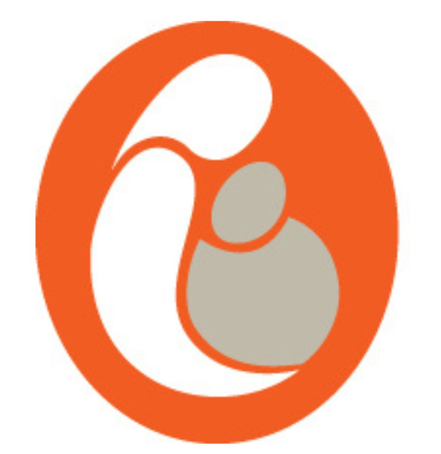Robson Ten Group Classification System
The The Robson Ten Group Classification System (TGCS) is a comprehensive framework used to compare perinatal events and outcomes. This system categorizes all pregnant women into one of ten distinct groups, each mutually exclusive and collectively exhaustive. The classification is based on five fundamental obstetric characteristics that are routinely collected for all maternity cases:
- Parity
- Onset of labour
- Gestational age
- Fetal presentation
- Number of foetuses
Key Features of the Robson TGCS:
- Simple and Robust: The system is straightforward to use and universally applicable.
- Reproducible: Ensures consistent categorization across different healthcare settings.
- Clinically Relevant: Directly applicable to clinical practice, enhancing its practical utility.
- Prospective: Allows for the immediate classification of every woman admitted for delivery based on basic obstetric characteristics.
The Robson TGCS can be employed to analyse all labour events and outcomes, considering significant epidemiological variables. It has been extensively used worldwide to study caesarean section (CS) rates. Recognizing its value, the World Health Organization (WHO) endorsed the Robson TGCS in 2015 as the global standard for assessing, monitoring, and comparing CS rates both within and between healthcare facilities over time.
In Ireland, the Robson TGCS has been endorsed by the Institute of Obstetricians and Gynaecologists and the Health Service Executive Clinical Care Programme in Obstetrics and Gynaecology.
| Group |
Group Description |
Number of CS in group |
Number of women in group | Size of group % |
C/S rate in group % |
Contribution of each group |
| All |
|
21077 |
53433 |
|
39.4 |
|
| 1 |
Nulliparous women with a single cephalic pregnancy, ≥37 weeks gestation in spontaneous labour |
1178 |
7328 |
13.7 |
16.1 |
2.2 |
| 2 |
Nulliparous women with a single cephalic pregnancy, ≥37 weeks gestation who had labour induced or were delivered by CS before labour |
5976 |
12120 |
22.7 |
49.3 |
11.2 |
| 3 |
Multiparous women without a previous CS, with a single cephalic pregnancy, ≥37 weeks gestation in spontaneous labour |
202 |
9492 |
17.8 |
2.1 |
0.4 |
| 4 |
Multiparous women without a previous CS, with a single cephalic pregnancy, ≥37 weeks gestation who had labour induced or were delivered by CS before labour |
1608 |
9531 |
17.8 |
16.9 |
3.0 |
| 5 |
All multiparous women with at least one previous CS, with a single cephalic pregnancy, ≥37 weeks gestation |
7716 |
8993 |
16.8 |
85.8 |
14.4 |
| 6 |
All nulliparous women with a single breech pregnancy |
1129 |
1177 |
2.2 |
95.9 |
2.1 |
| 7 |
All multiparous women with a single breech pregnancy including women with previous CS(s) |
922 |
1000 |
1.9 |
92.2 |
1.7 |
| 8 |
All multiple pregnancies (including previous CS) |
692 |
915 |
1.7 |
75.6 |
1.3 |
| 9 |
All women with a single pregnancy with a transverse or oblique lie, including women with previous uterine scars |
240 |
243 |
0.5 |
98.8 |
0.4 |
| 10 |
All singleton, cephalic,<37 (including previous CS) |
1414 |
2634 |
4.9 |
53.7 |
2.6 |



